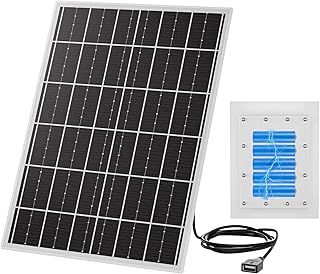The Port of Newcastle has revealed its final plan for a cutting-edge clean energy precinct, marking a significant step towards positioning itself as a key player in Australia’s future energy landscape. The unveiling of the advanced clean energy production project took place at the 220-hectare Clean Energy Precinct on Kooragang Island, showcasing the port’s commitment to sustainable energy initiatives.
Minister for Climate Change and Energy, Chris Bowen, emphasized the strategic importance of the Hunter region, with its rich industrial history, as an ideal setting for the Clean Energy Precinct. The project aims to facilitate the transition to renewable energy sources, support decarbonization efforts in heavy industries, and tap into Australia’s abundant renewable resources.
The Clean Energy Precinct is projected to generate substantial economic benefits, including the creation of 5,800 jobs and a boost of $4.2 billion in the Hunter region’s gross regional product by 2040. Additionally, it is expected to play a significant role in reducing domestic carbon emissions by an estimated 660,000 tonnes.
Front-end engineering designs and environmental impact assessment studies are currently underway at the precinct, with completion slated for the end of the year. The official opening of the Clean Energy Precinct is scheduled for 2030, offering a transformative vision for the region’s energy landscape.
Port of Newcastle CEO, Craig Carmody, hailed the final design of the precinct as a pivotal milestone in the project’s development and highlighted its significance for the future of clean energy in the Hunter region. The design serves as a blueprint for attracting global clean energy production companies and will guide the necessary planning approvals.
The federal government’s commitment of $100 million to the precinct in 2022 underscores the national support for the initiative. The precinct is poised to become a leading hub for clean energy production, storage, and export, focusing on innovative technologies such as hydrogen and ammonia.
The selection of the Kooragang Island site for the Clean Energy Precinct holds symbolic significance, as it was previously earmarked for a coal loader. The transformation of this land into a center for clean energy production reflects Newcastle’s shift towards embracing sustainable energy solutions and participating in the global clean energy transition.
Member for Newcastle, Sharon Claydon, described the development as a defining moment for the city, emphasizing Newcastle’s evolution from a traditional coal powerhouse to a trailblazer in clean energy innovation. The repurposing of the site signifies a new chapter in the region’s energy history, aligning with the broader shift towards renewable energy sources.
The progression of the Clean Energy Precinct underscores the region’s commitment to sustainable energy practices and signifies a significant step towards establishing Newcastle as a key player in the clean energy sector. The project not only promises economic growth and job creation but also positions the Hunter region at the forefront of Australia’s renewable energy transition.
📰 Related Articles
- Empowering Data Centers as Clean Energy Producers: A Sustainable Shift
- ofi Unveils Sustainable Coffee Facility in Brazil, Driving Innovation
- Zanzibar Unveils Luxury Marine Reserve for Sustainable Tourism
- Victoria, Australia: A Prime Destination for Clean Energy Investments
- University of Hawaiʻi Supercomputing Collaboration Empowers Future Energy Leaders






